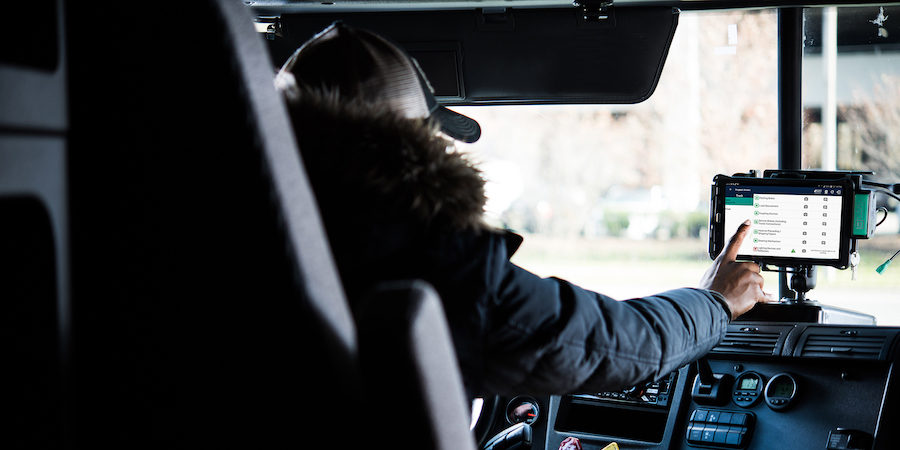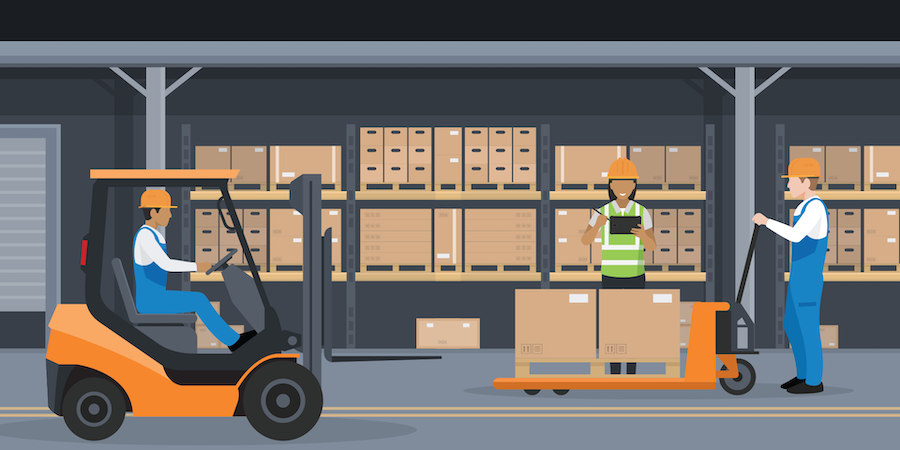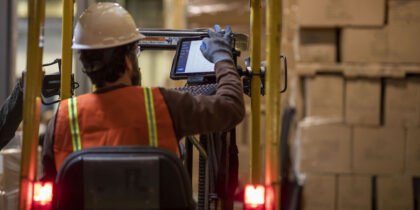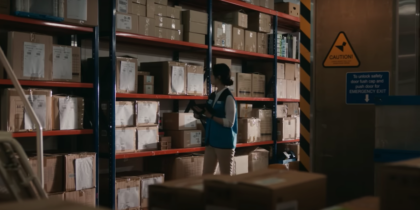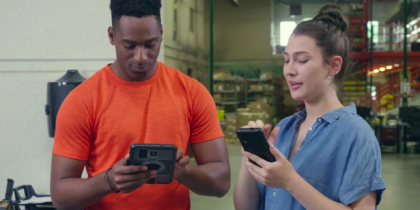While people all over the country remained indoors to mitigate the spread of the coronavirus pandemic in late 2020, the U.S. Census Bureau reported that Q3 online retail delivery volumes had increased by 36 percent year-over-year. In the same year, the predominant shipping carriers in the U.S. also reported significant decreases in on-time delivery, according to Digital Ecommerce 360. And as complete Q4 figures roll in, we’ll likely see that both orders and delays spiked yet again as the holiday season approached.
In the age of “instant gratification” e-commerce shopping, every minute between customer order and final delivery matters. But leaders in the retail transportation market told Digital Ecommerce 360 that during their 2020 overload, the key to sustaining customer satisfaction was proactive communication of changing delivery times. And package tracking remains the most accessible, to-the-minute communication method available to online customers. Companies that keep customers informed while also ensuring a smooth and timely delivery process all the way to the last mile and ensuring proof of delivery (POD) will have a market advantage — and mobile devices deliver just that.
Last-mile logistics and POD
Mordor Intelligence predicts that the courier, express and parcel (CEP) market will increase at a compounded annual growth rate of 5.5 percent by 2025. However, this figure was based on trends observed in 2019 — following the unprecedented growth of e-commerce in 2020, market researchers may adjust these predictions in the coming months.
Consumer demands for speedy delivery and consistent tracking are also likely to grow with the market. However, omnichannel shopping, such as buy online, pick up in store (BOPIS), also complicates logistics.
The growth in the CEP industry and customer expectations means companies must track assets accurately and quickly to ensure POD. Unfortunately, a significant percentage of companies are not equipped to seamlessly meet this demand. Most of the market still uses pen and paper to document omnichannel transactions, which can lead to POD glitches when companies track assets.
Pen-and-paper solutions present a number of complications in ensuring POD. Digitization of end processes using mobile devices can solve these challenges in several ways.
1. Increase logistics accuracy
Recording transactions with pen and paper can increase documentation inaccuracies and present a misleading picture to all parties that need to track assets. The worker also has to enter the same transaction records manually into the enterprise software at a later date. This two-step process decreases employee productivity and increases labor spend. Using a rugged mobile device such as the Samsung Galaxy Tab Active3 or Tab Active Pro ensures immediate and accurate registration of transactions so all parties receive accurate and timely POD.
The definitive guide to warehouse efficiency
Get your free guide to increasing warehouse efficiencies and cutting costs with mobile processes. Download Now
2. Facilitate greater transparency
Recording POD manually on paper forms increases room for disputes when multiple parties track assets. If companies digitize processes to obtain signatures from customers and scan items on delivery, all parties can access irrefutable proof that the package is truly where it says it is. Employees who scan packages using a mobile device outfitted with a scanner can deliver accurate and speedy POD. Use of mobile devices in POD logistics increases transparency as everyone accesses a single source of truth.
3. Deliver better customer service
Pen-and-paper POD solutions miss opportunities to increase the number of customer touchpoints. Given that so many customers track their orders online, they might appreciate being updated on the status of their packages. Digitization of POD solutions helps companies deliver automatic customer alerts about package pickup, shipment and point and time of arrival. Automated processes also empower customer service representatives who can track packages and order status without having to make additional phone calls to receive necessary updates.
4. Deliver more thorough documentation
Replacing lost or damaged items can be a customer service and logistics challenge. Relying solely on pen and paper during the last mile means the courier has to scribble down any problems and hope that the description is detailed enough for dispute resolution down the line.
Samsung’s Galaxy Tab Active3 and Tab Active Pro tablets have powerful cameras that can take pictures of damaged goods and allow the courier to attach the image to the digital record. Using the attached S Pen, the employee can also telestrate or highlight the problem more clearly on the digital image. Such comprehensive information potentially leads to faster and smoother conflict resolution.
As B2B and B2C consumer demands complicate last-mile logistics, companies need a seamless digitized solution to track assets. They need transparent and real-time data sharing. A range of Samsung devices facilitates powerful electronic processing of goods as they move from warehouse to point of delivery. Barcode scanning via the device’s camera, photos of the asset at its destination and signature collection via touchscreen all add to the capabilities that mobile devices provide.
Mobility improves efficiencies in the last mile, while helping companies deliver stellar customer service and improve inventory management. Mobile devices are key to digitizing customer touchpoints so every interaction furthers brand loyalty and customer satisfaction.
Discover how mobile processes enhance warehouse efficiencies and cut costs in this free guide. Then learn how to identify the best rugged mobile device for warehouse and logistics.
